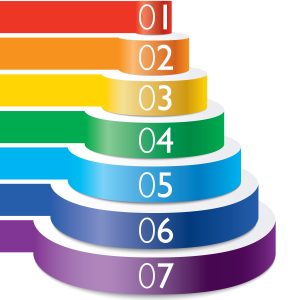We’ve all experienced videos, blogs, photos, or topics “going viral” online before our eyes – the number of views increases, our Facebook timeline fills with reposts of the story, or a hashtag rises up the trending charts. At SXSW, there are enough people and enough conversations taking place that hot topics go viral in a similar way, spreading through lounges, parties, and coming up as questions in session after session. This year was no different, and those viral conversations included the Invisible Children “Kony 2012” campaign and video, and the Homeless Hotspots.
Kony 2012
If you haven’t already seen Invisible Children’s 30 minute video about the leader of the Lord Resistance Army, you can watch it on YouTube where it has over 79 million views already. This isn’t the first video from IC, but it is certainly the first to gain this much attention. The conversations took various turns, some in support and others critical of both the video and the larger campaign. “KONY 2012” stickers were making their way onto laptops and bags, while others already documenting SXSW or creating content at the conference through videos or podcasts worked questions about the campaign into their interviews.
Those in support of the video pointed to the vast reach, the personalization and directness of the message and call to action, and the simplicity of getting involved (sharing the video, signing up with the organization, etc.). To others, those points were also reasons to criticize the campaign: oversimplification of an enormous issue, the focus on the US taking the [saving] action, and even that information was misleading about the LRA and Uganda. The crowd sourced coverage on Wikipedia provides summaries of arguments and links.
Ultimately, the debates at SXSW about Kony 2012 were not new: is “going viral” something we can control? Is video the “best” mechanism for campaigns? Is social media a valuable channel for activism? We all have opinions, but answers are more difficult to nail down. When it comes to Kony 2012, we will have to see how action unfolds from here.
Homeless Hotspots
Attendees and those that happen to live or work near the SXSW venues in Austin probably came across these “homeless hotspots”, individuals currently experiencing homeless that were hired by New York based marketing firm BBH Labs and equipped with devices to provide wireless connections to those standing nearby. As posted on the American Progress blog, “The “Homeless Hotspots” project paid its walking advertisements just $20 a day and encouraged them to beg for more. ‘We saw it as a means to raise awareness by giving homeless people a way to engage with mainstream society and talk to people,’ said Saneel Radia, the director of innovation at BBH Labs who oversaw the project. ‘The hot spot is a way for them to tell their story.'”
Alan Graham, president and CEO of Austin’s Mobile Loaves and Fishes, has been serving the city’s homeless population for years and personally knows some of the individuals recruited as human hotspots. He called the campaign “brilliant” and said it “probably achieved every objective the people who designed it were hoping it would.”
Conversation and criticism stemmed from arguments around exploitation, sustainability, and the ultimate value of the campaign. Mark Horvath, the founder of Invisible People, shared both his opinion and first-hand experience on the NTEN blog and it is certainly worth a read.
What do you think? Have you seen the KONY 2012 video and did you take action or turn it off? Would you pay for wifi from someone on the street?












